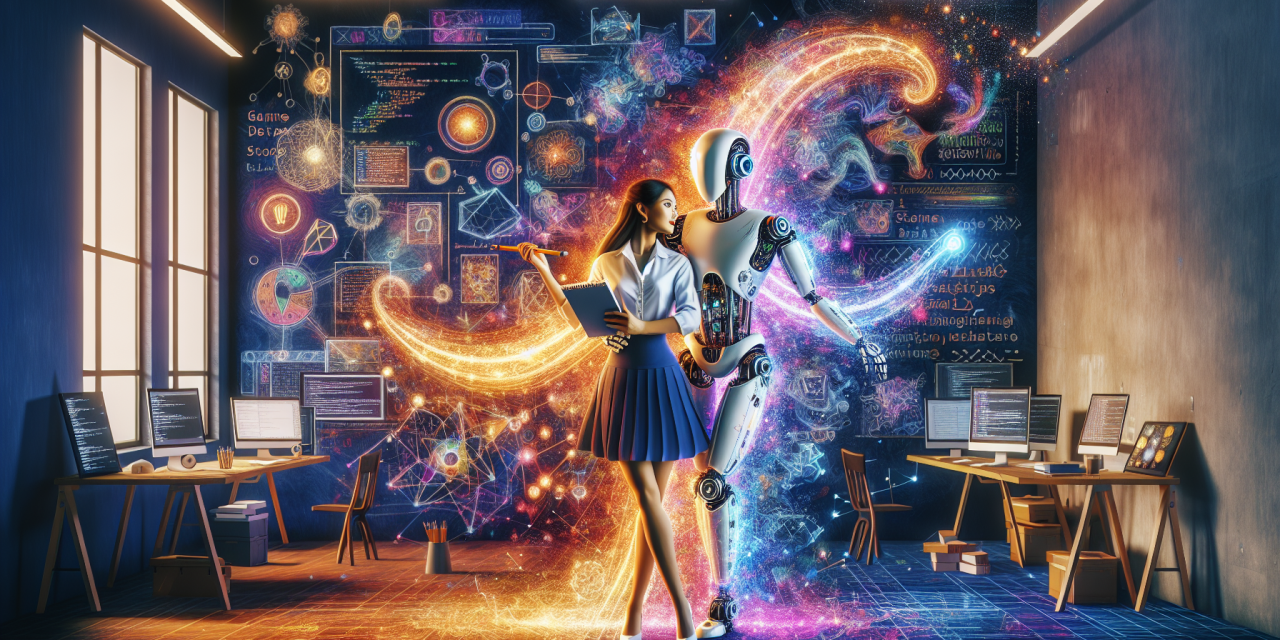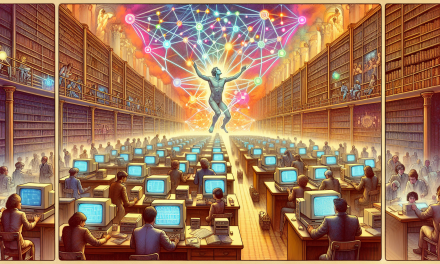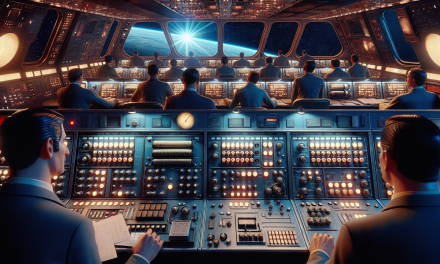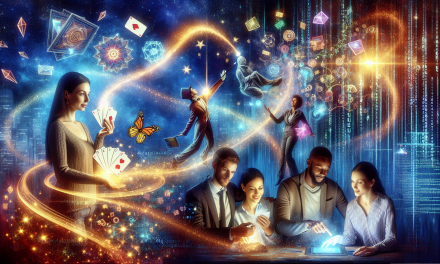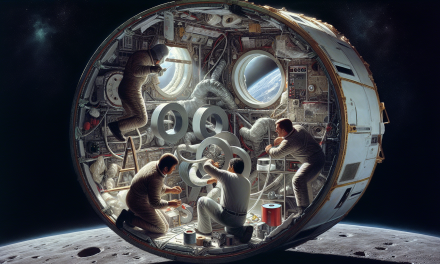Picture this: you’re working on a creative project, maybe designing a game, writing a story, or solving a complex problem. You have two brilliant teammates—yourself, with all your human intuition and unique perspective, and an AI tool that never gets tired, can process massive amounts of information, and generates ideas at lightning speed. The question isn’t whether this partnership can work (it absolutely can!), but rather how to make the most of both your strengths.
Think of it like a dance. Sometimes you lead, sometimes your AI partner leads, but the magic happens when you’re moving in sync, each contributing what you do best.
The AI Advantage: When to Let Your Digital Partner Shine
AI tools are like that friend who never gets tired of brainstorming. They excel at generating lots of options quickly, spotting patterns you might miss, and handling repetitive tasks that would make your eyes glaze over. Here’s where AI truly sparkles:
The Idea Generator: Imagine you’re creating a video game and need 50 unique character names. While you might come up with five great ones before your creativity well runs dry, AI can generate hundreds in seconds. Sure, some will be duds, but buried in there are gems you’d never have thought of. Sarah, a high school student working on a fantasy novel, used AI to generate place names for her imaginary world. “I gave it themes like ‘mountain kingdom’ and ‘desert trading post,'” she explains, “and suddenly I had names that sparked entire storylines.”
Pattern Detective: AI is brilliant at finding connections and patterns in large amounts of information. When Marcus was creating an app to help students find study groups, he fed his AI partner data about when students were most active online. The AI spotted patterns showing peak collaboration times that Marcus had completely missed—insights that made his app much more useful.
The Research Assistant: Need to understand a complex topic quickly? AI can synthesize information from multiple sources faster than you can say “Wikipedia rabbit hole.” It’s like having a librarian who’s read everything and can give you a helpful summary on any topic.
Code Companion: If you’re programming, AI can be an excellent pair programming partner. It can suggest solutions to coding problems, help debug errors, and even write boilerplate code for routine tasks. Think of it as having a coding buddy who remembers every programming pattern ever written.
Human Superpowers: When to Take the Creative Reins
But here’s where it gets interesting—there are things that make you irreplaceably human in this partnership. Your lived experiences, emotions, cultural understanding, and ability to think outside established patterns are superpowers that AI can’t replicate.
The Meaning Maker: You understand why something matters to real people. When designing that study group app, Marcus knew from personal experience how lonely and frustrating it felt to struggle alone with difficult subjects. That emotional understanding guided decisions about the app’s tone and features in ways that pure data analysis never could.
Cultural Navigator: You understand context, nuance, and what might be appropriate or inappropriate in different situations. AI might suggest technically correct solutions that completely miss cultural sensitivities or social dynamics that seem obvious to you.
The Vision Keeper: You’re the one with the dream, the goal, the reason this project matters. AI can help you get there faster, but you’re the navigator holding the map. When Sarah was writing her novel, AI helped generate character names and plot ideas, but she was the one who knew which suggestions fit her story’s heart and which ones missed the mark entirely.
Quality Judge: This might be the most crucial human superpower in the partnership. AI can generate a thousand ideas, but you’re the one who knows which ones are brilliant, which ones are boring, and which ones might accidentally offend your grandmother.
The Project Dance: A Real-World Example
Let’s watch this partnership in action through Elena’s project. As a college student, she wanted to create an educational website about climate change that would engage her younger siblings, ages 10 and 12.
Phase 1 – Vision and Strategy (Human Leads): Elena started by thinking about what bored kids about environmental issues and what got them excited. Drawing on her memories of being that age and observing her siblings, she decided the site needed to feel like a game or adventure, not a lecture. This insight came purely from her human understanding of her audience.
Phase 2 – Research and Content Generation (AI Partners): Elena used AI to help gather age-appropriate facts about climate change, generate quiz questions, and brainstorm interactive activities. The AI could quickly process scientific papers and suggest ways to explain complex concepts simply. It generated dozens of potential analogies—comparing the greenhouse effect to a blanket, carbon dioxide to invisible paint, renewable energy to a magic refillable water bottle.
Phase 3 – Curation and Creativity (Human Takes Back the Lead): Here’s where Elena’s human judgment became invaluable. Of all the AI’s suggestions, she chose the analogies that matched her siblings’ interests (they loved magic tricks) and discarded ones that felt condescending or confusing. She also added personal stories about family camping trips and how they’d noticed changes in their favorite hiking spots—details that made the content emotionally resonant in ways AI couldn’t achieve.
Phase 4 – Technical Implementation (Partnership Mode): For the website coding, Elena and her AI partner worked together. The AI helped generate clean HTML and CSS, suggested interactive elements, and debugged problems. But Elena made all the design decisions about colors, layout, and user experience, guided by her understanding of what would appeal to her target audience.
The Partnership Sweet Spots
The most successful AI-human partnerships happen when you recognize three key zones:
AI Zone: Data processing, pattern recognition, generating multiple options, handling repetitive tasks, quick research, and technical implementation assistance.
Human Zone: Creative vision, emotional understanding, cultural awareness, quality judgment, strategic decision-making, and knowing what matters to real people.
Collaboration Zone: Brainstorming (where AI generates and you select), iterative refinement (where AI suggests and you guide), problem-solving (where AI provides options and you choose directions), and learning new skills (where AI teaches and you practice).
Making the Partnership Work
Like any good partnership, this one requires clear communication and mutual respect for different strengths. Be specific when asking AI for help—instead of “make this better,” try “suggest five ways to make this explanation clearer for 10-year-olds.” Stay curious about what your AI partner suggests, but trust your instincts about what feels right for your project.
Remember, you’re not trying to become an AI or replace your creativity with artificial intelligence. You’re amplifying your human superpowers with a tool that can help you explore ideas faster, process information more efficiently, and tackle bigger challenges than you might attempt alone.
The future belongs not to humans OR AI, but to humans AND AI working together. In this partnership, your humanity isn’t a limitation to overcome—it’s your greatest strength to leverage.

